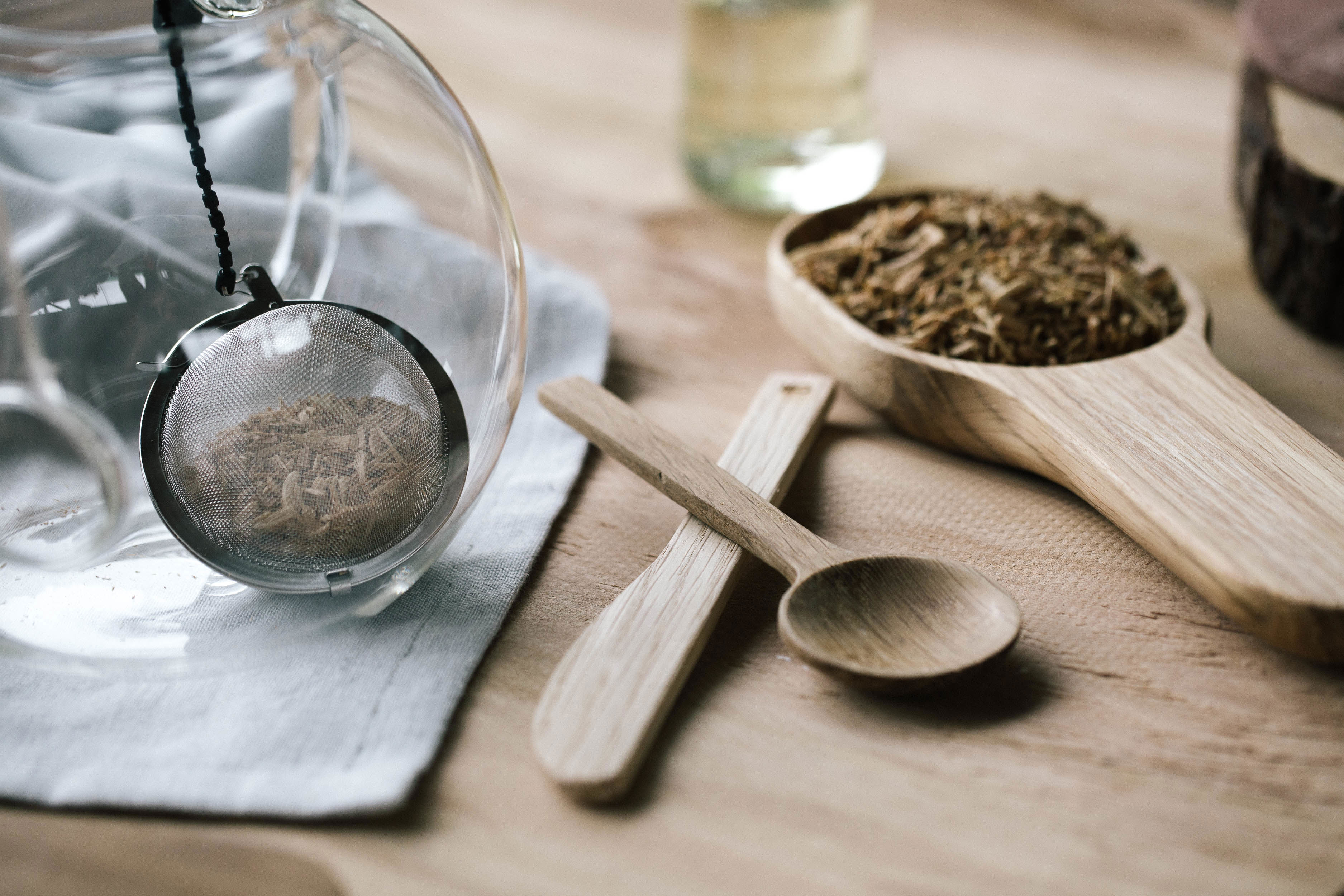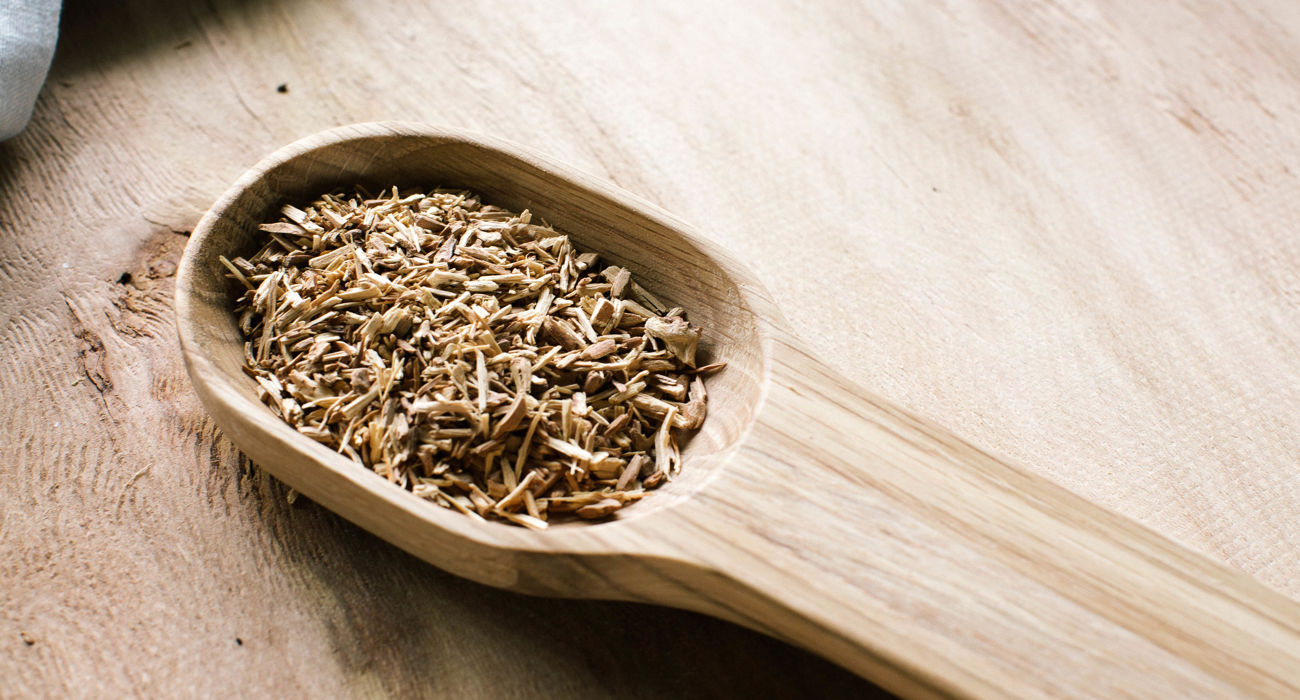Written by Deniz Ataman,
Independent Journalist
Regardless of which side of the world you live on, #wellness encompasses a wide range of traditions and lifestyles boasting over 44.6 million tags on Instagram, as of this writing. Millions of people are seeking solutions for holistic living which includes adopting a plant-based diet and cultivating environmental consciousness. If we look to indigenous communities around the world, their traditions and practices are based on these foundations.
A holistic and ancient medicinal practice, Traditional Chinese Medicine (TCM) incorporates a variety of remedies like plant, animal and mineral materials; as well as therapeutic methods, including acupuncture, cupping therapy, gua sha (the practice of skin scraping to eliminate unhealthy body matter), massage, bone setting exercises and dietary therapy.
When we consume plant matter, it can be said that we’re taking in the sun’s energy that feeds the plant at a cellular level. Plant medicine is essential in TCM as a tool to heal maladies and harmonise the body. Also known as Tan Xiang, Indian sandalwood’s (Santalum album) wood has been used in TCM for thousands of years; and it’s the only species permissible to use in formulations recorded in the Chinese Pharmacopoeia because of the plant’s 4,000-year history as a multifunctional wellness ingredient.
A Brief History of TCM’s Publication
Published in 1953 by the Chinese government, the first volume of the Chinese Pharmacopoeia served as the primary guide for TCM techniques and materials. Prior to its publication, TCM’s 2,200-year-old diagnostic references and methodologies were spread across a variety of different monographs. The earliest medical book being Huangdi Neijing (Canon of Internal Medicine, 770 BC~221 BC), among several others.
As the Industrial Revolution transformed the global economy through the use of coal and gas, air and soil quality declined affecting many TCM herbs, which were polluted with metals and pesticides. Almost simultaneously, the rise of systemic scientific research and advanced analytical methods gave TCM a more structured way to develop safe and effective dosage and usage of drugs.
In response to these two major factors, the Chinese Pharmacopoeia was published to not only monitor ingredient quality and ensure safe practices, but also consolidate thousands of years of knowledge into four volumes for time continuum.
Indian Sandalwood: A Natural Yang Remedy
Practiced mostly in the Sinosphere, which encompasses east, north and south east Asia, TCM is culturally influenced by China. A unique botanical in medicine, Indian sandalwood possesses the ability to balance mind, body and spirit and accompany herbal and moxibustion (burning of herbal leaves) therapies.
One of the principles behind TCM is that health is determined by the fluidity of vital energy, or qi, in the body that circulates through channels which are connected to organs. Remedies possess a thermal property, which are administered to equalize the body’s thermal state. This is part of the yin and yang principle in TCM where remedies activate either the yin or yang energies as a means to balance the body’s functions.
Yin is attributed to the contraction of energy in the body and characterized by a slower, cooler and moist state; it is also considered a feminine energy. In contrast, yang refers to the expansion of energy; it’s characterised by a faster, rising, warmer and dry state; and considered a masculine state. According to this principle, sandalwood’s warming properties activate the yang state to regulate qi in the heart and harmonise the stomach and spleen.1
Within the Chinese Pharmacopoeia, sandalwood is used as a powder or decoction in formulas for skin diseases, acne, dysentery, gonorrhea, anxiety, cystitis, fatigue, frigidity, impotence, nervous tension, eczema, stomach-ache, vomiting and stress. Dispelling cold from the body, sandalwood also relieves constrictions in the chest and treats cold and pain in the abdomen and epigastric area.2

TCM in a Modern World
When discussing TCM in the Western context, it’s certainly a point of debate as TCM is rooted in indigenous medicine, rather than clinical practice. The governing agency of international public health, World Health Organization (WHO), is now recognising TCM as an alternative medical practice –particularly for indigenous individuals and communities who may be isolated culturally and linguistically in conventional medicine.
As a result of TCM’s inclusion in WHO’s compendium, TCM doctors organised thousands of years of knowledge into a pared-down classification system. Let’s not forget that many countries in Asia have their own versions of TCM; but over the course of a few years, doctors agreed on a list of 3,106 terms and an English translation in an effort for TCM to reach more countries. As a result, TCM’s global market share is worth $50 billion and rising steadily.3
In the United States, for example, TCM is recognised by the National Institutes of Health as an effective alternative medicine that offers a more personalised experience between patient and doctor. It’s also an alternative to those who are looking for health care outside of the medical industrial complex. Rising economic costs, limited health care and globalisation are factors contributing to TCM’s availability around the world. Meanwhile, proponents urge the global healthcare system to examine ways for countries to promote indigenous health systems that complement contemporary medicine.
The Rise of Traditional Medicine
The rise of social media and instant information has certainly changed the way we’re informed. Environmental awareness and social consciousness are now at the forefront of a global alternative medicine movement which is expected to reach over $296 billion by 2027.
Along with #wellness, Western consumers are educating themselves on holistic health (as of this writing, #holistichealth holds 4.9 million tags on Instagram). Alternative holistic medicines, including TCM, are of growing interest in the West; particularly as faith in Big Pharma has declined due to rising insurance costs and a lifetime of reliance on a drug to treat ailments. Holistic medicines focus on treating the cause of a symptom, rather than administering a drug to address the symptom itself which is a key driver for TCM interest in the West.
Though TCM is widely available in Asia and globally accepted by WHO, it is not covered by health insurance in many Western countries. This leaves TCM in a bit of a grey area in the West when it stands alone. However, integrated medicine, which includes TCM, is growing in popularity, where traditional and Western medicine are combined to suit a patient’s needs.
It’s an interesting dichotomy: as technology advances, we’re given the tools to go backwards and learn about our cultural history in more detail. Herbal medicine and sandalwood’s usage date back thousands of years, shedding light on a multitude of cultural traditions, folklore and practices. As scientific methods and production technologies continue to develop, more people around the world look to connect with their culture and environment through traditional therapies, including TCM, to treat and cure their ailments. Along with its legitimacy in the modern world TCM, and its use of sandalwood, offer millions of people the opportunity to access and preserve traditional knowledge for the goal of holistic wellness.
Sources:
- Traditional Chinese Medicine Herbs. (n.d.). Sandalwood. Retrieved January 31, 2021, from https://tcmwiki.com/wiki/sandalwood
- Sacred Lotus (n.d.). Tan Xiang (Sandalwood (Heartwood)). Retrieved January 31, 2021, from https://www.sacredlotus.com/go/chinese-herbs/substance/tan-xiang-sandalwood-heartwood
- Cyranoski, D. (2018, September 26). Why Chinese medicine is heading for clinics around the world. Nature. https://www.nature.com/articles/d41586-018-06782-7
